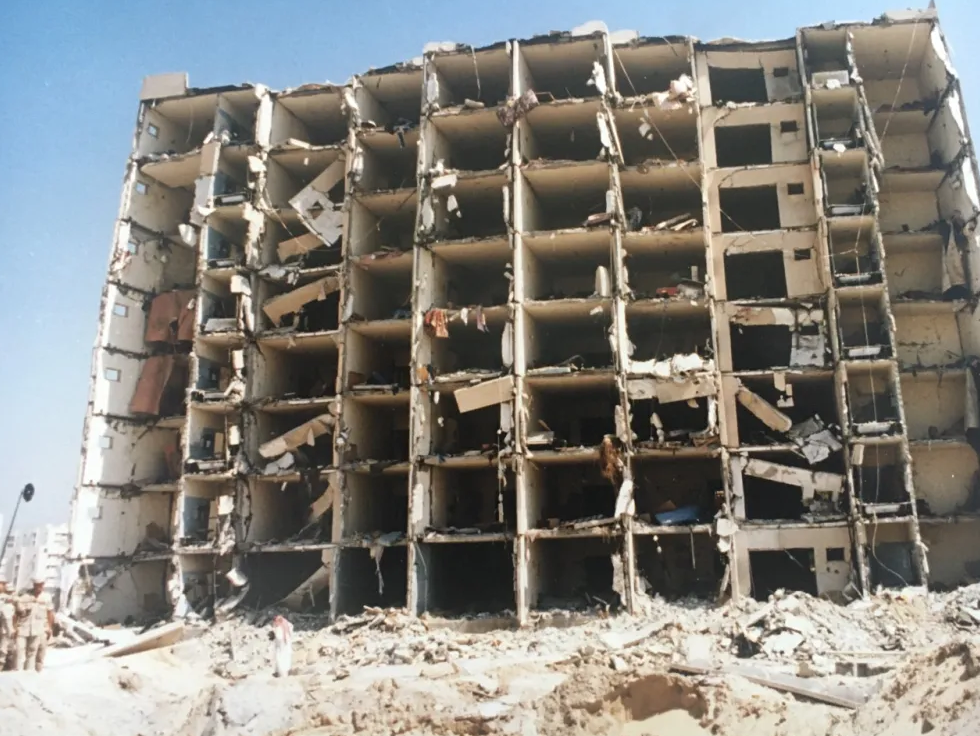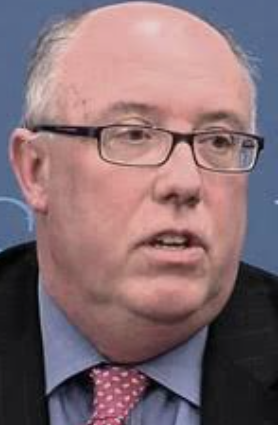September 3, 2021

An official of the Clinton Administration has revealed that after Iran killed 19 American airmen at the Khobar Towers in Saudi Arabia in 1996, the US told men it knew were Iranian intelligence agents it was prepared to name them publicly, forcing Iran to withdraw them and disrupting Iranian intelligence operations.

The former official, Bruce Riedel, is currently director of the Intelligence Project at the Brookings Institution. He retired in 2006 after 30 years of service at the Central Intelligence Agency.
In an article posted on the Brookings website, he also said that Saudi Arabia withheld much of what it knew about the Iranian role in the bombing because it feared the Americans would start a war with Iran and Saudi Arabia didn’t want that.
At the time of the bombing 25 years ago, Riedel was the deputy assistant secretary of defense for the Near East and South Asia.
He writes, “We learned later that the Saudis had considerable information on the bombers that they were not sharing. The Saudis knew of the existence of an Iranian-backed Saudi Shia terrorist organization which had been smuggling explosives into the Dhahran area….
“The Iranian role has rightly gotten the most attention, but Lebanese Hezbollah was the key to the bombing. It provided the bomb maker who put the explosives together in the truck. He has never been identified. The leader of the Saudi Shia collaborators, Ahmed Mughassil, was captured by the Saudis in Beirut in 2015.”
Riedel said the Clinton Administration was uncomfortable with the evidence of Iran’s role. “The Saudis were reluctant to share what they knew because they assumed Clinton would order a retaliation against Iran if he was certain that Tehran was responsible. That could bring war between the US and Iran with Saudi Arabia in the middle, a nightmare scenario for the kingdom.”
Instead, Riedel reveals, Clinton authorized a secret and non-military response to the Islamic Republic. “Around the world, CIA officers approached Iranian intelligence and IRGC operatives working undercover as diplomats and threatened to expose them publicly. The operatives would then have to tell their bosses back home that their cover was blown and go back to Iran.
“The sting forced dozens of Iranian militants to lose their positions abroad, disrupting their operations significantly. It was far more devastating for Iran than an air strike would have been, without the risks of starting an open-ended war with no viable endgame and unexpected consequences.”
But, over the next three years, evidence of Iran’s culpability mounted. Riedel writes that Clinton then sent a letter to Iran’s new President, Moham-mad Khatami, calling on him to bring those Pasdar officials responsible for Khobar to justice or extradite them to Saudi Arabia.
“As the president’s special assistant for Near East and South Asia Affairs, I was tasked to deliver it by giving the letter to Sultan Qaboos of Oman, a country with good relations with both America and Iran.
“Accompanied by Assistant Secretary of State for Near Eastern Affairs Martin Indyk, I met with Sultan Qaboos at his chateau outside Paris. As we expected, the Iranians denied any involvement in the bombing. It was a useful message to the Iranians that we were watching them closely. However, the letter had the unintended effect of intensifying the already tense relationship between Khatami and the hardliners in the Iranian government,” Riedel said.























